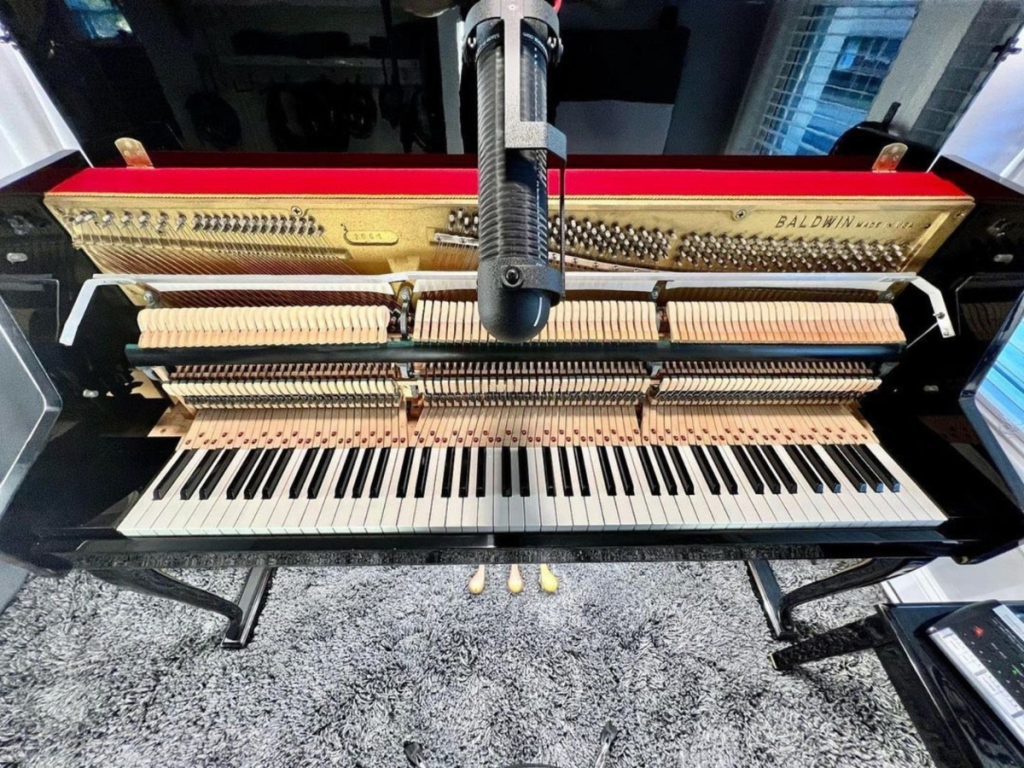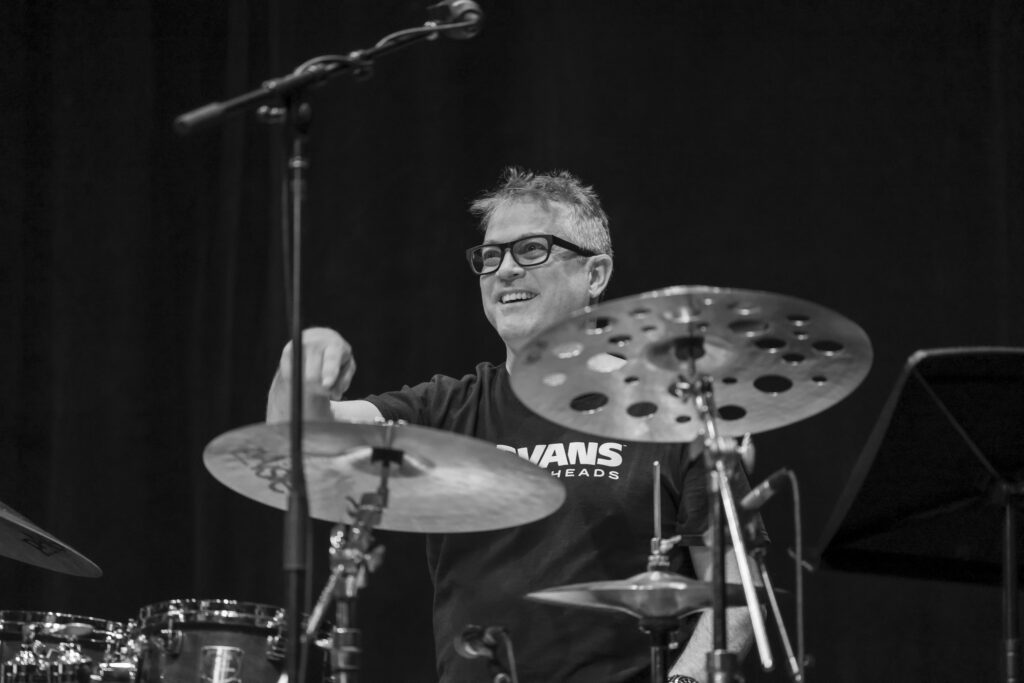When it comes to capturing a natural reproduction of a soundstage, AEA R88 Series ribbon microphones prove that some of the very first recording methods are still some of the best. Here, we’ll examine the series’ Blumlein-inspired design, discuss the mics in action, and give tips for achieving stellar recordings.
The Blumlein Advantage

The Blumlein Technique is a stereo miking configuration developed in 1931 utilizing dual figure-8 ribbon microphones. It remains an industry standard for recording instruments and entire bands with impressive realism and depth.
While many stereo microphones utilizing unidirectional elements strive to achieve its “in-the-room” experience, few succeed. Their polar patterns reject sound from the rear, as well as from the sides, eliminating a lot of the recording space’s natural ambiance.
Stereo mics with bi-directional figure-8 elements—as Alan Blumlein intended—often provide more natural and expansive-sounding recordings. This is where the AEA R88 shines, offering Blumlein-approved figure-8 ribbons in a single housing. These provide an accurate sonic picture of your entire recording space.
R88: Instrument Applications
The R88 is ideal for any sound source requiring a clear, detailed, and open character. It captures full low- and high-end frequencies as a far-field ribbon mic. The more space you give it to breathe, the deeper and richer your soundstage. That being said, it can easily handle high SPLs, allowing you to experiment with close-mic techniques as well.
Horns

Load some Benny Goodman into your playlist to hear what a ribbon mic can do for a horn section. From the brash growl of saxophones to the smoothest, most regal trumpets, the AEA R88 makes capturing this performance style quick and simple. Use a single R88 positioned at head height (around 6 feet) and about 10 feet away. It will capture a full-range image with plenty of stereo width and natural detail.
Pianos

Few instruments are as emotionally expressive as a grand piano, and a well-placed R88 perfectly captures all of its nuances. Start by opening the piano’s lid and securing the mic a few feet above the strings and plate. We recommend aiming the microphone’s center line at the piano’s middle C string. In this position, the R88 can capture an intimate stereo image with plenty of presence and body.
This is just a starting point. From here, you can tilt the mic or move it to the left or right slightly to find the perfect balance. Remember, nothing beats using your own ears sometimes. Have your pianist play as you move your head around above the piano’s soundboard. Place your AEA R88 wherever it sounds best to you.
Drums

If you’re accustomed to multi-miking drum kits in the studio, you’ll be amazed at what you can get with a single AEA R88 overhead. It will capture everything from the bass drum’s fundamental to the highest frequencies the cymbals leave floating in the room.
A good starting point is at head height (approximately 5–6 feet). Place the microphone between the snare and kick drum, pointing it directly at the snare’s batter head. Raise the microphone for more room tone, lower it for a drier, tighter sound, and rotate it slightly to ensure a balanced stereo image.
The R88 makes it quick and easy to find the perfect mic placement and saves you a lot of time in editing and mixing—no need to phase-align the overheads. Everything is perfect from the start!
Full Band

Why would anyone record a full band with a single stereo microphone? For the same reason classical recording engineers have been using the Blumlein technique for almost a century — it sounds amazing.
Setup is a breeze. Simply arrange the band in a great-sounding room using the R88 as their focal point. Be sure to experiment with where you place the mic in the room. Right in the middle works great, but there are some great sounds to be had using the space to its fullest.
Want more energy from certain instruments? Then go ahead and add close mics as you see fit (be sure to phase align them to the R88). The R88’s full and detailed soundstage is an outstanding sonic foundation for blending them in where appropriate. However, we wouldn’t be surprised if you left those channels muted once you hear the R88.
Check out this article by renowned engineer John Cuniberti to learn more about single-mic recording with the R88.
Vocal Ensembles

If you’ve recorded a vocal ensemble, you understand the importance of detail and clarity. Multiple voices singing in unison is an amazingly complex harmonic experience, but your microphones need to be perfectly phase-coherent to do it justice. The Blumlein configuration is perfect for this.
If you use two independent figure-8 mics, the engineer will have to spend time perfectly phase-aligning the signals. Not so with the AEA R88. Aim it directly at the ensemble, starting around 10-12 feet away and at head height. Raise the microphone to increase the amount of room tone. Done.
You’ll still capture plenty of detail and clarity from a distance, so don’t be afraid to back the mic away and raise it considerably if you want even more room ambiance.
Blumlein is Back
As we’ve said, Blumlein’s technique is not a new trend. It’s been standard practice in recording studios for nearly a century. But if it has any drawbacks, they’re the extensive setup and careful attention to miking technique and phase alignment it requires. The R88 and R88a remove those barriers, combining two world-class ribbon microphones in a perfectly aligned Blumlein configuration. You can even further streamline your recording setup with the active R88A.
No external power considerations, fewer mics, cables, and stands on the live room floor, and no phase issues to chase. With proper mic placement and a good ear, the R88 makes it easier than ever for you to capture life-like stereo recordings with unparalleled depth and detail.
Ready to purchase your own AEA R88 ribbon mic? Find a dealer near you.



